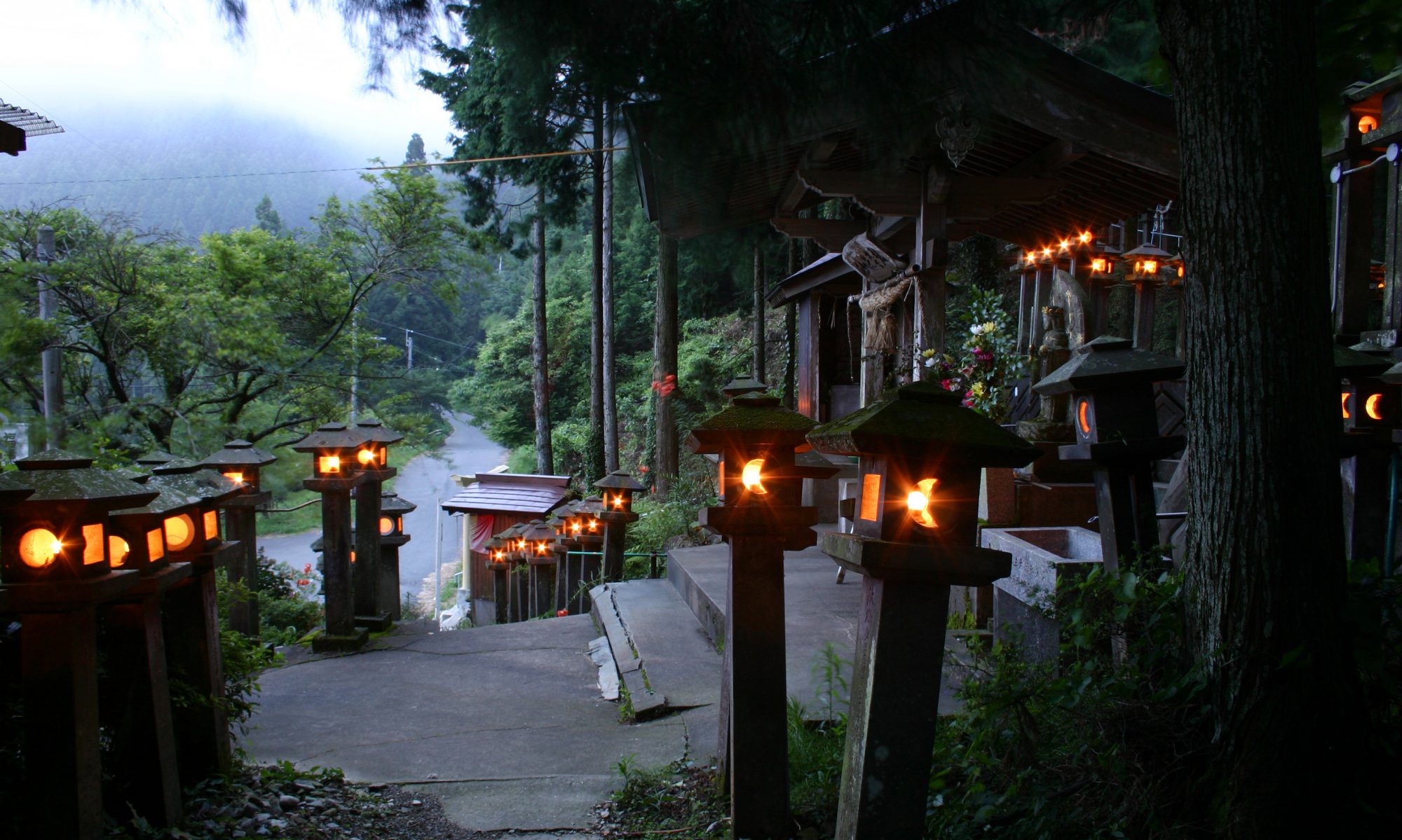Japan’s southern and coastal regions are home to the northernmost occurring examples of Asia’s laurel forests. Here the climax forest community is dominated by trees in the laurel family (Lauraceae), evergreen members of the beech family (Fagaceae), as well as the tea family (Theaceae). Neolitsea sericea is a common laurel tree found in these temperate evergreen forests. It is a remarkable tree in many respects, especially its foliage, as you will see.

Neolitsea sericea is a moderate sized broad leaf evergreen tree, attaining a maximum height of 10-15 meters. Unimpeded, it forms a rounded crown, but rarely is it seen outside a forest setting in Japan where it must compete for light and therefore usually has a more ranging form. Trunks usually don’t exceed 60 cm in diameter and the relatively smooth bark is brown.
Its mature leaves are lanceolate and oblong, 8-18 cm in length, and dark green with 3 prominent lighter green veins along their length. When young they form in a whorl and hang down almost vertically. At this stage they are covered in an extremely shiny, soft velvet like hair that in truth is a muddy yellow green, but gives the impression of brilliant silver in the spring sun. To the touch they are soft, like velvet or silk.
Within a few weeks these hairs shorten to a light pubescence as the leaves mature and take on an extraordinary dark pink to reddish purple coloration throughout. The prominent veins of the leaves are almost white at this stage in development and the leaves are more staggered along the newly forming twig in an alternating pattern. By early summer they mature, losing the pink color and all pubescence. What is left is a stiff, glaucous mature leaf. The underside of the mature leaf is a nearly white/green, hence its Japanese name shirodamo, meaning “white ash” – a reference also to the Japanese ash tree, Fraxinus mandshurica v. japonica.
In mid fall, just before colder temperatures hit, buds along the newly formed leaf axes open into masses of yellow green flowers. These form into berries over the winter months, remaining green throughout the following growing season only to turn deep crimson the following fall. They are very conspicuous and remain on the tree most of the following winter. N. sericea is dioecious, with male and female trees. Since only the females bear fruit, that must be considered if you want to have fruiting trees.

This is a common laurel tree of Japan’s warmer and coastal forest, ranging from Honshu (Yamagata Prefecture on the west coast to Miyagi Prefecture on the Pacific) and southward, Shikoku, Kyushu, the southern islands to Okinawa, and beyond to Taiwan, South Korea, and parts of southeastern China. It is a denizen of moist warm temperate to subtropical evergreen forests, in moderately high mountains, as well as coastal forest where such forest survives. On Kyushu it can be found up to ~1000 meters elevation.
The essential oils found in the tree’s leaves contain a number of chemicals that have anti-inflammatory properties. Historically, the oils and wax found in the leaves and berries have been used to make candles as well as soaps. In a limited way, the wood is used as a construction material.

What bad thing is there to say about this lovely laurel tree? Nothing in my view. It is remarkable if just for its leaves alone. To see a tree in new growth on a sunny spring day is nearly a hallucinogenic experience – it literally shimmers in the sun. The touch of the newly forming whorls of velvety leaves is no less impressive. Later, as they mature and become a soft, pinkish red, almost membranous looking, one cannot help but be astounded once again. If that weren’t enough, the big bunches of red holly-like fruits as well as the tufts of yellow green flowers in autumn, add even more interest. Even in midsummer, the tree with is shiny bright green foliage is lovely.

What is remarkable to me is that this tree isn’t grown more widely. It does require a relatively rich soil, but as long as it retains enough moisture and is acidic in reaction, this tree is not demanding. It prefers a sunny location, but is resistant to some shade since in nature it is found in dense evergreen forest. Like other trees of this forest, it prefers humid climates, but can be grown in drier areas if the roots are kept sufficiently moist.
Perhaps its one Achilles heel is cold tolerance. I would say that it should be fully cold hardy to USDA cold hardiness zone 9, and perhaps even much of zone 8. It is said that Korean populations are the most subject to severe winters and so may be more resistant. It is grown in the warmer parts of the British Isles, but suffers outside of mild regions or if not well sited. I think the relative lack of summer warmth may be a bigger problem rather than simple winter cold. It should be a great candidate for southeastern USA gardens.

In Japan this tree is not purposely planted as a street tree, in private gardens, or even parks. Occasionally, it is used as a wind break between agricultural fields. It is a mystery to me why this is the case. The same can be said though of most Japanese trees here – they are either underused or ignored by gardeners and parks departments.
If you can find one of these lovely trees for sale and you live in an appropriate climate, I highly recommend you try one. The leaves in spring, in and of themselves, will give you more pleasure than you could imagine.
